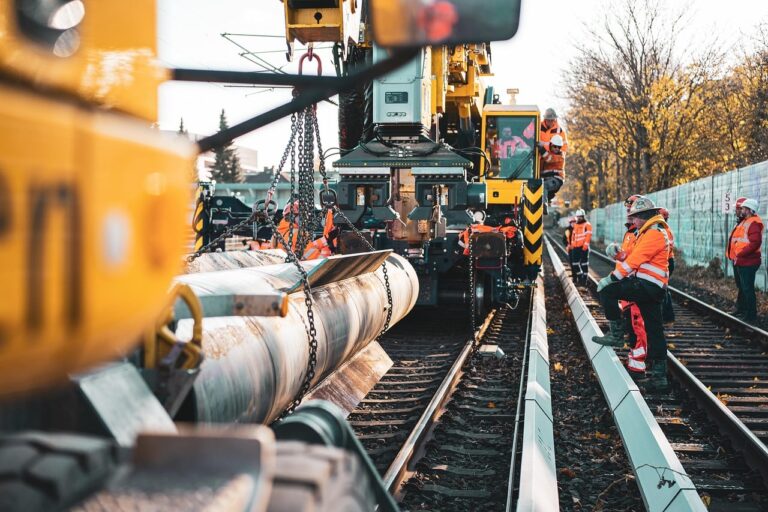The 7 Steps to Noise Control for Construction Sites
How to protect workers from harmful noise The combination of machinery found on construction sites makes them some of the noisiest working environments. Pile driving, heavy vehicles, earthmoving machinery, generators and compressors, and power tools all contribute to raising dB(A) emissions to hazardous levels and make noise control on construction sites extremely difficult. It’s easy…
How to protect workers from harmful noise
The combination of machinery found on construction sites makes them some of the noisiest working environments.
Pile driving, heavy vehicles, earthmoving machinery, generators and compressors, and power tools all contribute to raising dB(A) emissions to hazardous levels and make noise control on construction sites extremely difficult.
It’s easy to see why Australian construction workers submit more hearing loss compensation claims than any other industry.
What levels of Noise exposure are construction site employees subjected to?
Workers on construction sites are often subject to continuously loud and noisy environments, and by law, employers must protect them.
In Australia, the National Code of Practice for Noise Management stipulates that a worker’s exposure to noise cannot be more significant than 85 dB for more than 8 hours per day/shift; nor can they be exposed to peak noise that is louder than 140 dB.
Importantly, there are 7 methods employers can utilise to control noise and protect workers on construction sites.
How to optimise noise control on construction sites:
1) Elimination
Removing the source of the noise completely.
2) Substitution
Employing alternate construction techniques.
3) Isolation
Using noise control products such as baffles and attenuators.
4) Equipment selection
Choosing the quietest makes and models on the market.
5) Engineering controls
Both at the source and in the transmission path, via acoustic curtains, doors & louvres, noise barriers and acoustic enclosures.
6) Quiet work practices
Such as putting a time limit on noisy periods, and
7) Administrative control
With management making a concerted effort to reduce construction workers’ noise exposures.
Flexshield has worked on many construction sites projects and has provided noise control solutions that combine efficiency with ease of installation.
The solutions we provide for the construction industry often have both environmental and occupational benefits.
Arrange an on-site consultation from Flexshield
To help control noise on your construction site, contact the noise control specialists Flexshield to arrange an on-site consultation. A site visit entails:
- Visiting your construction site to discuss your issues and identify the source of the noise.
- Taking detailed noise readings and provide a written report.
- Suggesting practical solutions that will reduce or eliminate the offending noise.
- Ensuring that your site complies with all Government and Workplace Safety laws.
To book your on-site consultation contact Flexshield on 1300 799 969 or download our construction product catalogue.
Related Stories
-

Flexshield’s big month in industrial noise control – on the road from QLD to WA!
Taking action for hearing health and sustainable water management It’s been a busy month for the Flexshield team, and we’ve covered vast distances from Queensland to New South Wales, Victoria, and Western Australia. It’s been… -

The science behind tailored industrial noise control solutions for your project
7 key considerations for addressing noise pollution for your project When you’re managing noise on a job site, it’s important to understand the science behind industrial noise control and how to apply it effectively. Whether… -

World Hearing Day 2025: protecting workers’ hearing with Flexshield
Why prioritising hearing protection is essential for your workforce Each year on March 3rd, the World Health Organisation (WHO) marks World Hearing Day, raising awareness about hearing loss and promoting actions to protect auditory health….